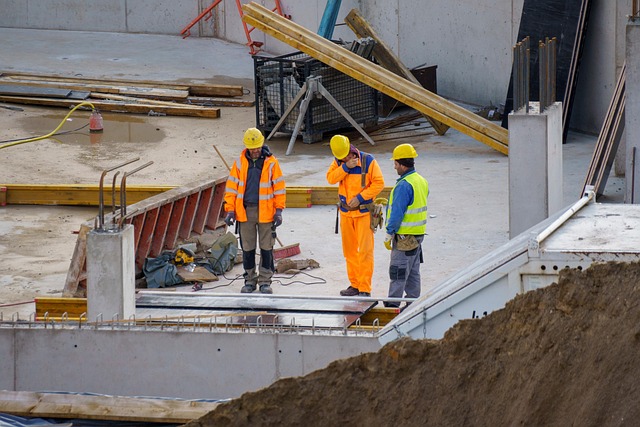The Rise of Green Building in Construction
What is Green Building? Green buildings, also known as sustainable construction, refers to the design, construction, and…

What is Green Building? Green buildings, also known as sustainable construction, refers to the design, construction, and…

Building the Future In the fast-paced world of construction development, the success of a project hinges on…

By Lyle Saylor The Importance of Planning and Zoning Commission Involvement in Construction The success of any…

In the fast-paced world of construction, quality control is a critical factor that determines the success of…

In the fast-paced world of construction, it’s becoming more common to see general contractors working closely with…

In the fast-paced world of construction, a well-planned project can mean the difference between success and chaos….

Roughness maps can be used in Lumion by applying the roughness map to the alpha channel of the normal map.

days of all documents being produced by hand, where achieving regularity from person to person was very important. Upper-case also helps to keep construction documents neat and tidy.

the steel joists can carry the load of the roof or floor. In general, 24 inches is a good rule of thumb for steel joist spacing unless noted otherwise by a structural or civil engineer.

is to learn – everything from design theory to calculating structural stresses on a wall. Then there is the very time consuming nature of the degree. Almost all classes are project based, which is inherently very time consuming, with few or no shortcuts. To top this off, the student body is typically very competitive, which forces professors to grade harshly.